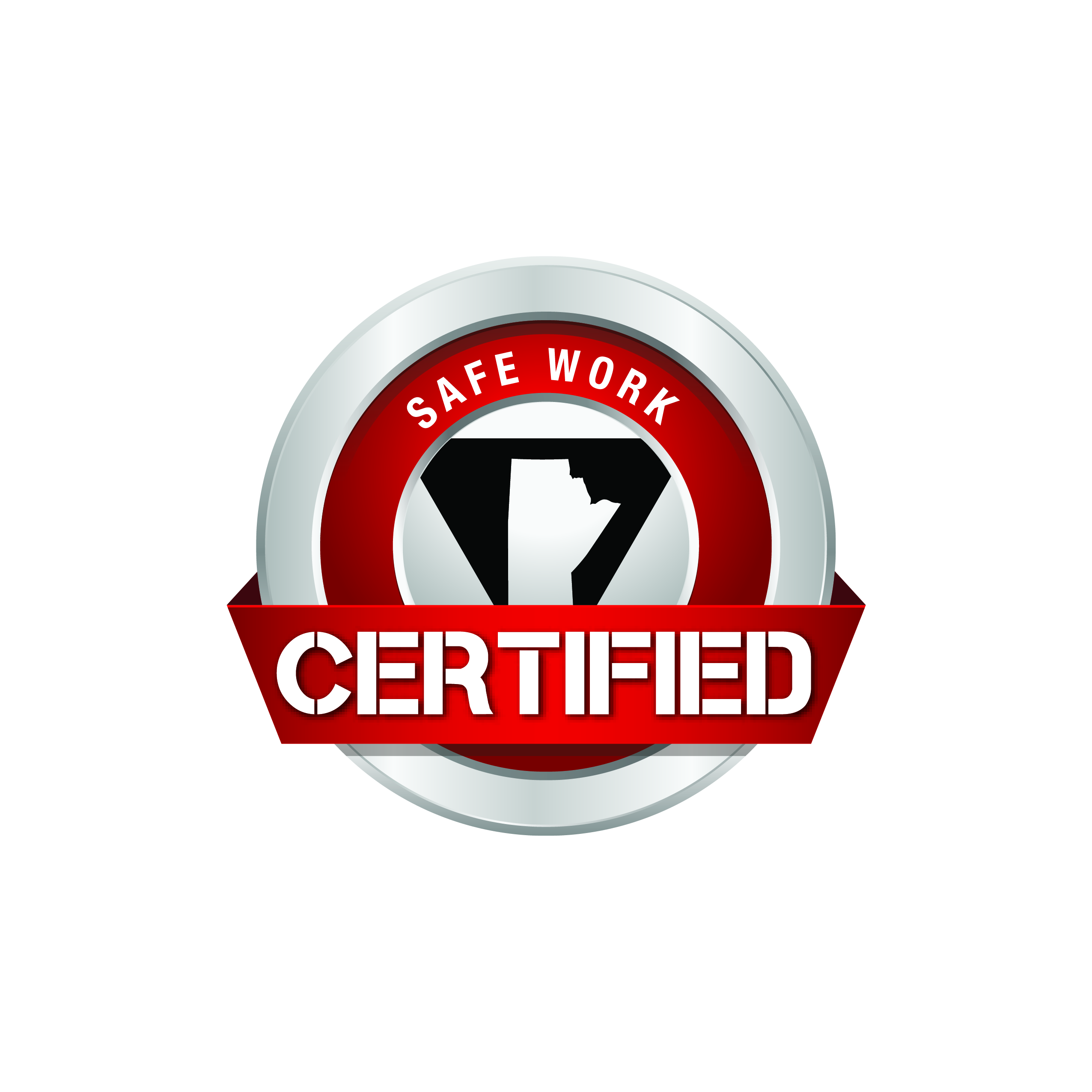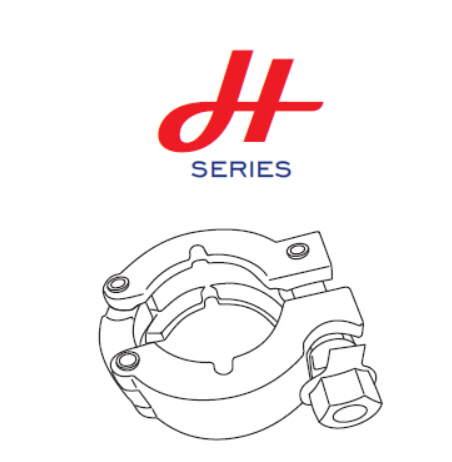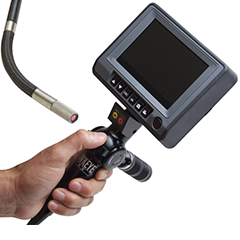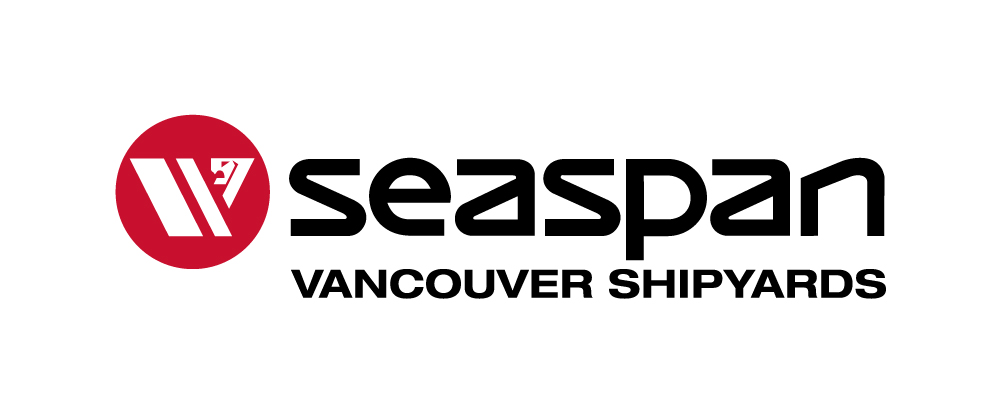Title Page
-
Conducted on
-
Prepared by
-
Location
I. Warehouse/Pre-FD Pipe Area
-
1. Are CS and LA materials protected from severe rust?
-
2. Are SS and LA materials protected from contamination, e.g. dust, humidity, touching between different material grades, material and shelf, etc.?
-
3. Are materials with sufficient tractability information on them, e.g. hard marking, barcode, handwriting information?
-
4. Are the tractability information legible, easy to identify, and verified to be correct?
-
5. Are hold, reject items well segregated from accepted materials?
-
6. Are hold, reject materials with sufficient information in order to trace back its origin and reason of hold/reject?
-
7. Are physical location of stock materials matching with JDE data?
-
8. Are quantity of stock materials matching with JDE data?
-
9. Are materials picked correctly per the picking list?
-
10. Are material protected from damage or contamination during WH transportation and distribution to shop?
II. Pre-FD/Machining
-
1. Are burrs removed after bending, cutting, drilling, beveling, etc.?
-
2. Are pipe internal borescope checked after bending, cutting?
-
3. Are pipe ends with original traceability information kept from cutting?
-
4. Are traceability information correctly transferred to the pipe after cutting?
-
5. Are threads made by the correct tooling in accordance with dwg. rqmt.?
-
6. Are hold/reject/irrelevant parts properly segregated from on manufacturing parts?
-
7. Are hold/reject parts with sufficient information in order to trace back its origin and reason of hold/reject?
-
8. Are parts marked by correct device/tool per the material type and wall thickness?
-
9. Are SS and LA materials protected from contamination, e.g. touching between different material grades, material and facilities, etc.?
-
10. Are gauges being used calibrated and in valid status?
III. Fit-up/Welding
-
1. Are materials verified by the fitter before receipt from WH distribution?
-
2. Is self-check performed after fit-up before welding starts?
-
3. Is self-check performed per designated WPS during welding?
-
4. Are precautions taken to avoid parts from arc-strike damage?
-
5. Are spool internal kept away from irrelevant items for FOD prevention?
-
6. Are tack welds built with bullets/bridges of correct shape, grade and quantity?
-
7. Are welding consumable kept clean, with correct labeling, and less than one week in the workspace?
-
8. Are on-manufacturing or manufacturing completed spools properly handled to avoid probable deformation?
-
9. Are operators sufficiently disciplined to avoid invalid operations such as: welding repair on base metal, flame adjustment without filler metal, flame adjustment without formal permission, grinding or reshaping raw materials without formal permission, etc.?
-
10. Are gauges being used calibrated and in valid status?
IV. Painting
-
1. Are paints in use within valid shelf-life or time limit of barrel opening
-
2. Are chemicals in use all registered in log of STP consumable?
-
3. Are environment control applied (e.g. temperature, humidity, lightening, dust level, etc.), and all environment condition within valid range at operation?
-
4. Are paints applied in exact accordance with painting technical sheets?
-
5. Are filtration mesh of the sandblasting facility periodically maintained?
-
6. Are part traceability maintained before/after sandblasting?
-
7. Are precautions taken while sandblasting special parts, e.g. flange facing, socket welds, valves, etc.?
-
8. Are blasting consumable controlled of oil content, grit size, etc.?
-
9. Is interval time between sandblasting and primer application under control?
-
10. Are painting completed spools protected from damaging, dust or other contamination?
V. Pickling
-
1. Is proper time control applied for spool pickling?
-
2. Is acid rate verified periodically and in valid range?
-
3. Is temperature control applied for the pickling pool and in valid range?
-
4. Are spools verified of acid degree after pickling and cleaning?
-
5. Are spools before/after pickling properly handled to avoid probable deformation?
-
6. Is pickling pool periodically cleaned, and free of dirt, grease, etc.?
-
7. Are precautious taken while pickling special parts, e. g. CS part, valve, connector, etc.?
-
8. Are ‘small items’ box well sorted so that items can be trace back to its original assembly?
-
9. Are cleaning sufficient to ensure no acid residual remains in every branch and open end?
-
10. Are passivation properly done for all necessary spools?
VI. Packing
-
1. Are spools protected from probable contamination before/after packing?
-
2. Are shipping marks stenciled legibly, in correct size, and per correct information?
-
3. Are open ends sealed in good shape, flange covers applied without probable damage?
-
4. Are spools packed only after cleanliness check, and with ICOK labeled?
-
5. Are spools before/after packing properly handled to avoid probable deformation?
-
6. Are packing lists on crates covered on stapling for waterproof?
-
7. Are content of packing list matching with shipping mark, and packed spools?
-
8. Are precautious taken while packing special parts, e.g. tack welds, valves, etc.?
-
9. Are precautious: DO NOT STACK, UNDER THE SHELTER included in shipping mark?
-
10. Are crates properly stored to be free of dirt, mold or damage?
VII. Welding Consumable
-
1. Is the welding consumable control procedure available at site and updated to the latest revision?
-
2. Is the environmental condition under the control and in valid range per the control procedure?
-
3. Is receiving inspection e.g. visual check, MTC review, etc. conducted for welding consumables?
-
4. Are there ovens for low-hydrogen electrode storage? Do the ovens indicate valid, up-todate, calibration of temperature measuring gauges?
-
5. Do the ovens contain the designated electrodes?
-
6. Does the oven temperature meet the Electrode Control Procedure requirement?
-
7. Are there any electrodes in the open containers or not in ovens? If yes, Why?
-
8. Are baking conditions, e.g. temperature, duration and times correct per the control procedure?
-
9. Does the consumable keeper track issuance and return of welding wires, e.g. the wires shall be returned back or maintained in one week at least?
-
10. Are Fluxes and Filler Metals stored where they will be protected against contamination (moisture, oil) and Damage?
VIII. Heat Treatment
-
1. Is the approved MPP/WI onsite during HT and with controlled documents' identification?
-
2. Is the operation sheets/MPP/WI of HT approved by M&PE?
-
3. Does the operator and inspector have been properly trained approved as recommended appraisal method of suppleir?
-
4. Have all equipment of process and testing equipment been properly calibrated? (including TC, temperature instrument &recorder, pressure meter, controll temperature instrument &recorder, TUS equipment, recorder, hardness test equipment……)
-
5. Are there maintenance schedules of equipment? Are the maintenance schedules followed?
-
6. Are TUS and SAT conducted periodically per defined interval?
-
7. Does the TUS take place using normal operating condition? For example, if fans are used during production, they shall be used during survey. For the vacuum furnaces, the lowest vacuum level used during production shall be used during the survey.
-
8. Does the SAT applied for the recorder and control TC?
-
9. Is the HT cycle set per approved WI/MPP? Including heating rate, soak tempertaure, soak time, cooling/quenching, quenching media …… Are they recorded on HT chart/record.
-
10. Is the all information on relative HT cycle recorded on HT traveler/router? Including HT cycle date and time loaded, time soaking commences, part number, load number, furnace type/number, load/working thermocouples quenching media.
IX. Skid Assembly
-
1. Are these equipment, intrument, tool/gauge verified and/or calibrated as required?
-
2. Is raw material and semi-finished products purchased and inspected as required?
-
3. Is there identified label made on raw material to ensure traceability of raw materials?
-
4. Is the drawing under control?
-
5. Are dimension and appearance inspected as required?
-
6. Is welding done to WPS?
-
7. Is all electrical installation meet the requirements?
-
8. Is all cleaning whether meet the requirements?
-
9. Is painting whether meet the requirements?
-
10. Is package whether meet the requirements?
X. Nondestructive Examination
-
1. The system performance verification records are well prepared as per their period?
-
2. The inspect materials (spray cans and blocks etc.) are stored properly?
-
3. The CS, LA and SS spools are put separately and LA & SS materials protected properly?
-
4. Are the RT operators wearing correctly the radiation dosimeter badges?
-
5. Whether the flange sealing cover has been visual checked before inspection?
-
6. Whether the flange cover is installed properly after inspection?
-
7. The inspection record is well prepared?
-
8. Whether mark all reject indication and separate the part before reexamine finished?
-
9. Whether clean and store the equipment properly and check the equipment status periodically?
-
10. Whether the exposure cabin’s safety state is good?












